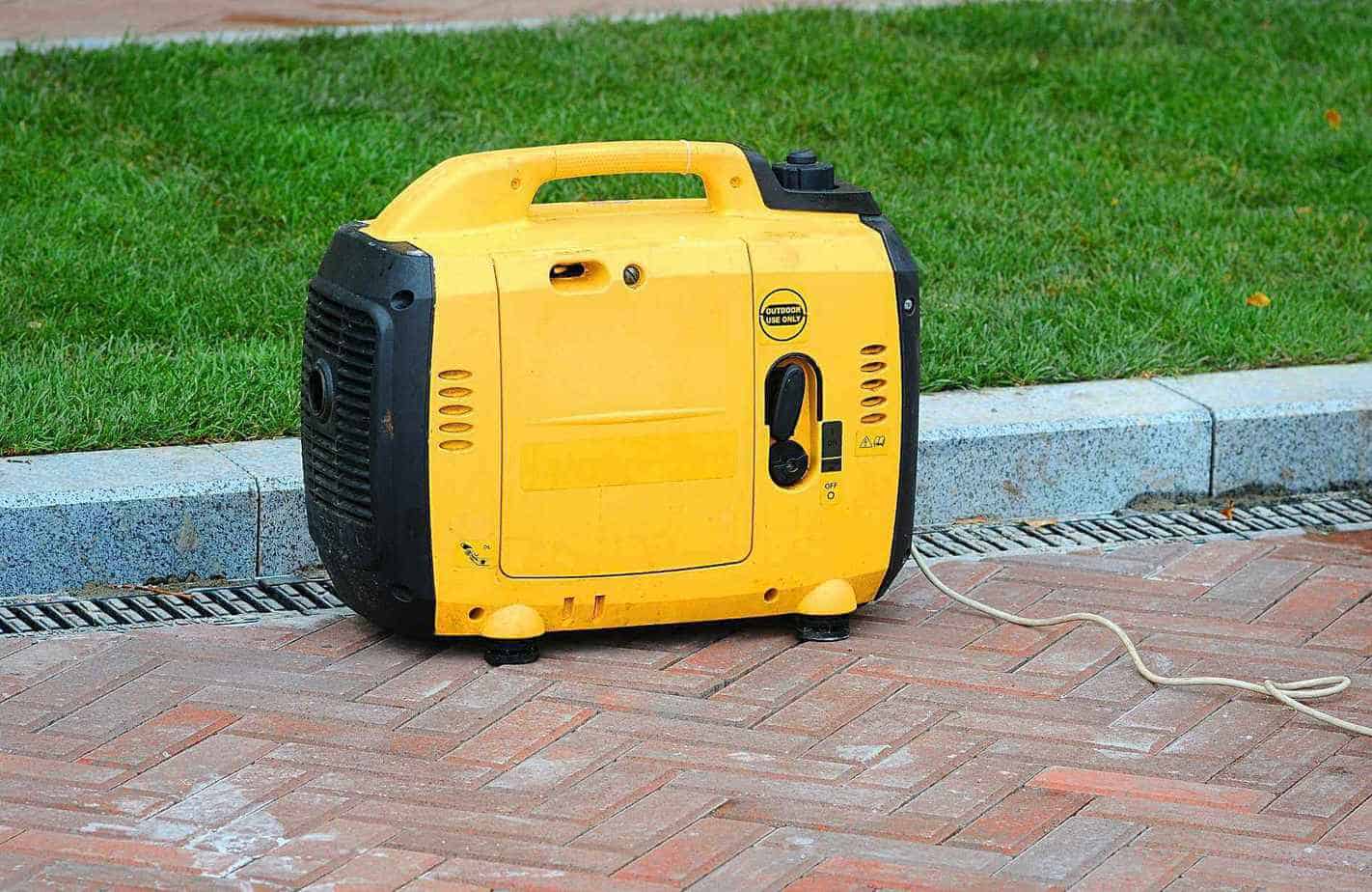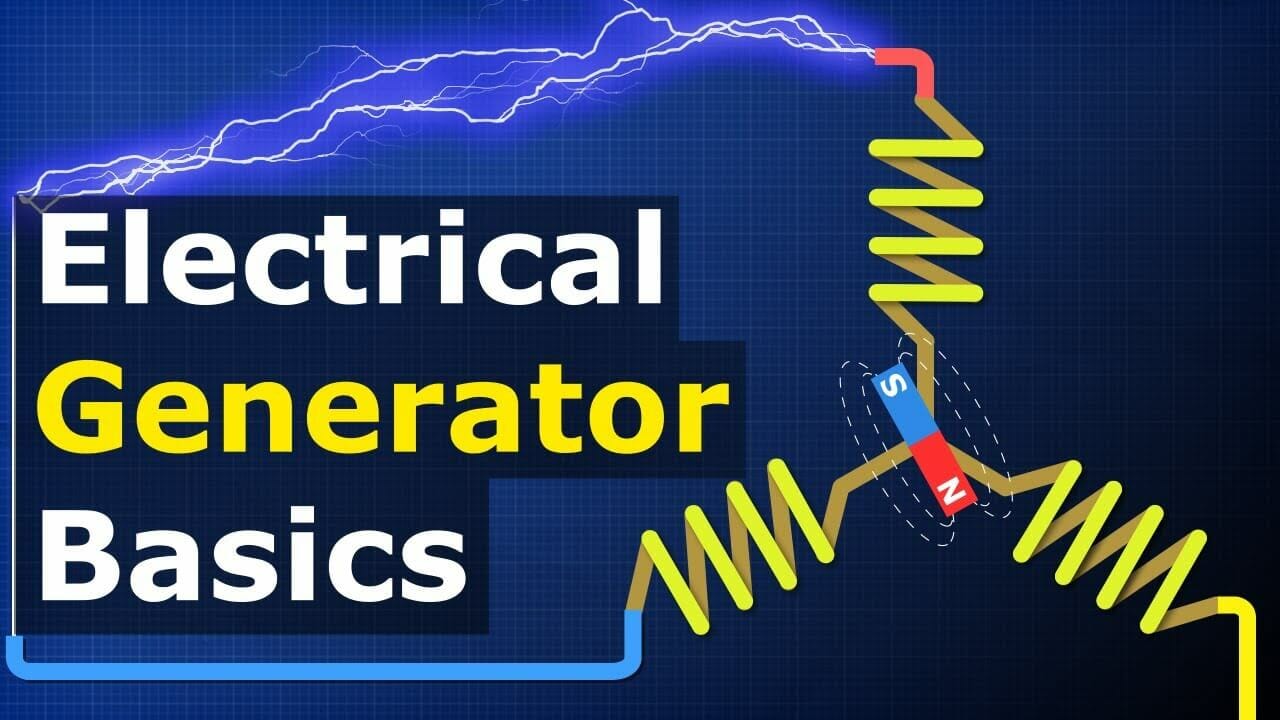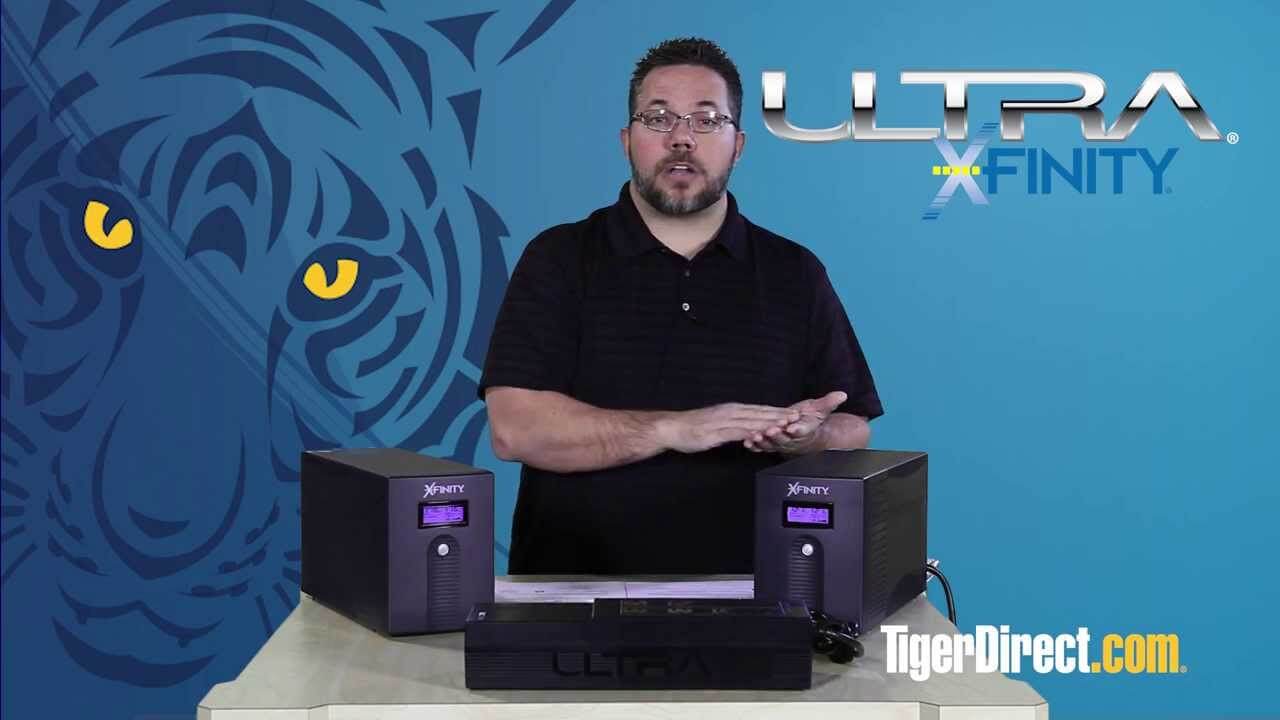How to Make a Generator Safe for Electronics
A generator is a fantastic way to maintain an independent power supply when you need it.
But if you want to use your generator to power electronic devices, you run the risk of damaging sensitive equipment like laptops and computers, mobile phones, and DSLR cameras.
Here’s everything you need to know to make a generator safe for electronics.
Can a Generator Damage Electronics?
Conventional generators are designed to consume fuel and run at 3,600 rpm in order to generate direct AC power of 120 volts and 60Hz. However, like most conventional motors, these generators do not maintain a steady, constant 3600 rpm; there are momentary fluctuations.
These fluctuations are called harmonic distortion, and they create moment-by-moment small power drops and surges. These surges can be extremely harmful to electronic devices.
In contrast, inverter generators have a much more complex mechanism that converts AC to DC power and then converts it back to AC power for output. This means that inverter generators produce a constant, steady voltage of electricity without harmonic distortion.
“A square wave supply of the same RMS voltage has a much lower peak value (.707) than a sine wave and may not provide enough voltage from a power supply. A better inverter (generator) may have a synthesized sine wave that would get over this problem.”
Stephen Webb – Electronics Technician
Inverter generators produce energy without the surges that can damage electronics. They also have the advantage that they can produce only as much electricity as is demanded at a specific time, making them more efficient.
Generally speaking, inverter generators will not damage electronics, while conventional, non-inverter generators might.
Can You Make a Conventional Generator Safe for Electronics?
Yes, there are a number of devices you can use to protect your electronics from the power ebbs and surges of a conventional generator. Here are the best options.
Use a Surge Protector
Most people should use surge protector strips for all electronics, even when using the main power supply and not a generator.
A surge protector, when used properly, detects the excess voltage and redirects it to a grounding wire. This means, of course, that your surge protector needs to be connected to an outlet with a grounding pin to work properly; many people don’t plug-in surge protectors correctly, and therefore don’t get the protection they are expecting.
Surge protectors are rated by the number of joules they can absorb over their lifetimes, and normal daily use slowly reduces their effectiveness. An old surge protector probably offers little to no surge protection at all.
When using a surge protector with a generator, choose a high-quality surge protector (look for one with a guarantee), replace it often, and don’t rely on it as your only means of protecting your devices.
Add a Surge Arrester
A surge arrester is a device that protects a whole house from power surges and can protect from surges from a generator, main power supply, or even nearby lightning strikes.
While surge arresters may not be able to absorb and divert the entire strength of a power surge, particularly in the case of lightning, they are able to divert 85-90% of the surge, and plugged-in surge protectors are able to manage the remainder.
A surge arrester (also called “whole house surge protector”) is installed by a professional electrician at the home’s service panel.
It’s a good idea to add separate, smaller surge arresters for phone and/or cable lines, to protect modems, televisions, and other devices connected to those lines.
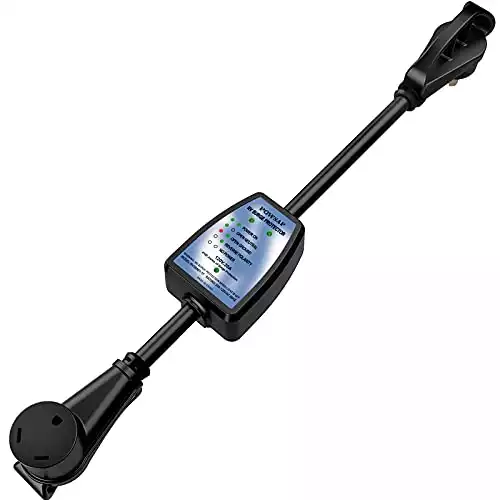 POWSAF Surge Protector (4100 Joules) 30 amp
POWSAF Surge Protector (4100 Joules) 30 amp
- Excellent value for money surge protector rated at up to 30 amps with Diagnostic LED indicator to help identify potential trip hazards.
- Perfect for home workshops, contractors on the go, and temporary power sources for RV's and travel trailers.
- A heavy-duty budget-friendly option with a minimum 4100J energy absorbing capacity for enhanced and reliably device protection.
- Contoured grip handles make this surge protector easy enough to handle and the overmold plastic plugs are super robust.
Use an Uninterruptible Power Supply
An uninterruptible power supply, or UPS, stores electricity and provides a steady flow of energy for a short time after the main power supply fails.
These devices give you time to safely power down or disconnect your electronics to prevent them from being damaged from unstable electrical current, and provide a few minutes of power in which you can start your generator.
UPS devices can be small, used indoors to protect a single computer or device, or large units that protect a whole building at the main power supply. There are many different types of UPS devices, so here are some things to look for.
Look for a UPS With a Generator Mode
These UPS devices are designed to recognize and compensate for the power fluctuations when a generator is operating.
Ideally, you’ll want to consider an on-line UPS double-conversion UPS system or what is technically referred to as a VFI UPS system.
This type of UPS will provide you with safe uninterrupted power for either running a home generator or even something more critical like an Avado.
But what exactly is a double conversion UPS system?
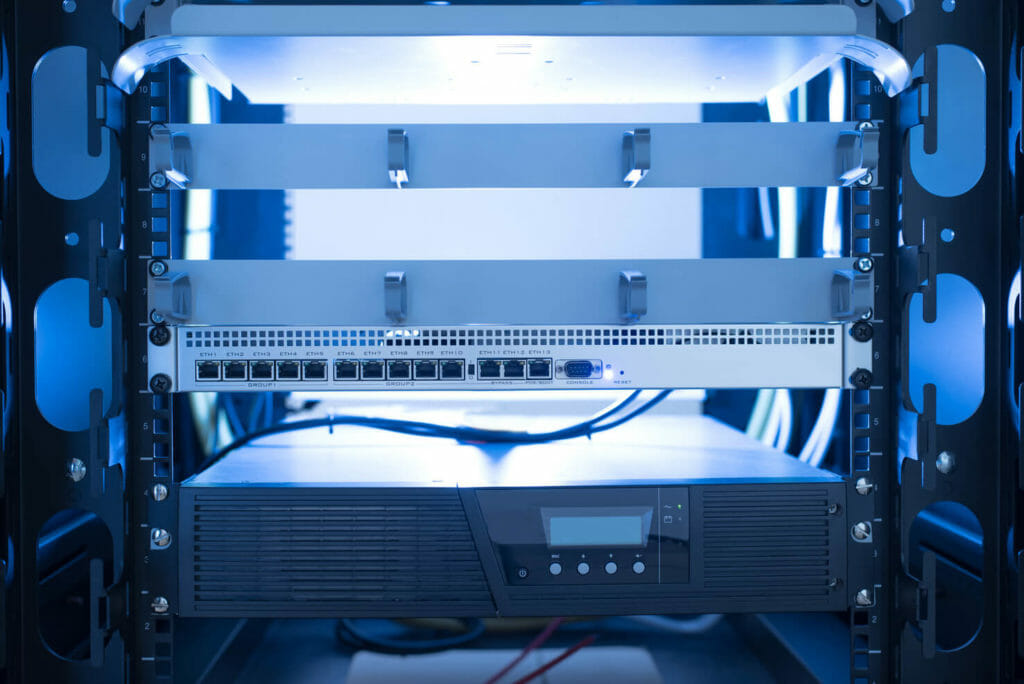
Choose a Double-Conversion UPS
This type of UPS does what an inverter generator does: It converts AC power into DC and then back to AC, for stable, clean, consistent energy that doesn’t damage devices.
A double-conversion or VFI system will provide a clean and uninterrupted power supply without any fluctuations. It does this by converting DC to AC and then back to DC, enabling an instantaneous bridge for the generator.
Obviously, a double-conversion or VFI system isn’t essential when considering a generator, but it may be something worth looking into depending on your budget.
Use a Dedicated UPS for Your Electronics
While you can use a UPS to protect an entire house, it’s best to dedicate a UPS specifically for your sensitive electronics.
If necessary, add a second UPS to provide a short period of power to other home electrical equipment that might be considered essential.
When the same UPS is used to protect electronics and other appliances (like a refrigerator) that cycle on and off, it may strain and drain the UPS prematurely.
Correctly Install a UPS
Like surge protectors, a UPS system that is not correctly installed and grounded will not protect your electronics, and may actually give you a false sense of security.
If necessary, have your UPS installed by a professional electrician to ensure that it will work when you need it.
The added benefit of having a qualified electrician install a UPS for your home is that you’ll receive an electrical certificate for compliance for purposes.
For insurance purposes, this is sometimes a requirement, plus it will give you peace of mind if you value your property on the high-end.
In Conclusion
Using an inverter generator is the easiest way to make generator power safe for electronics on a reasonable budget.
With conventional generators, it’s best to add additional surge protection devices to give your electronics the clean power they need and protect them from damage.
While a high-priced home standby generator will have such a feature already equipped to it, your average portable inverter generator may not and will require some slight upgrades to be completely electronic friendly.

